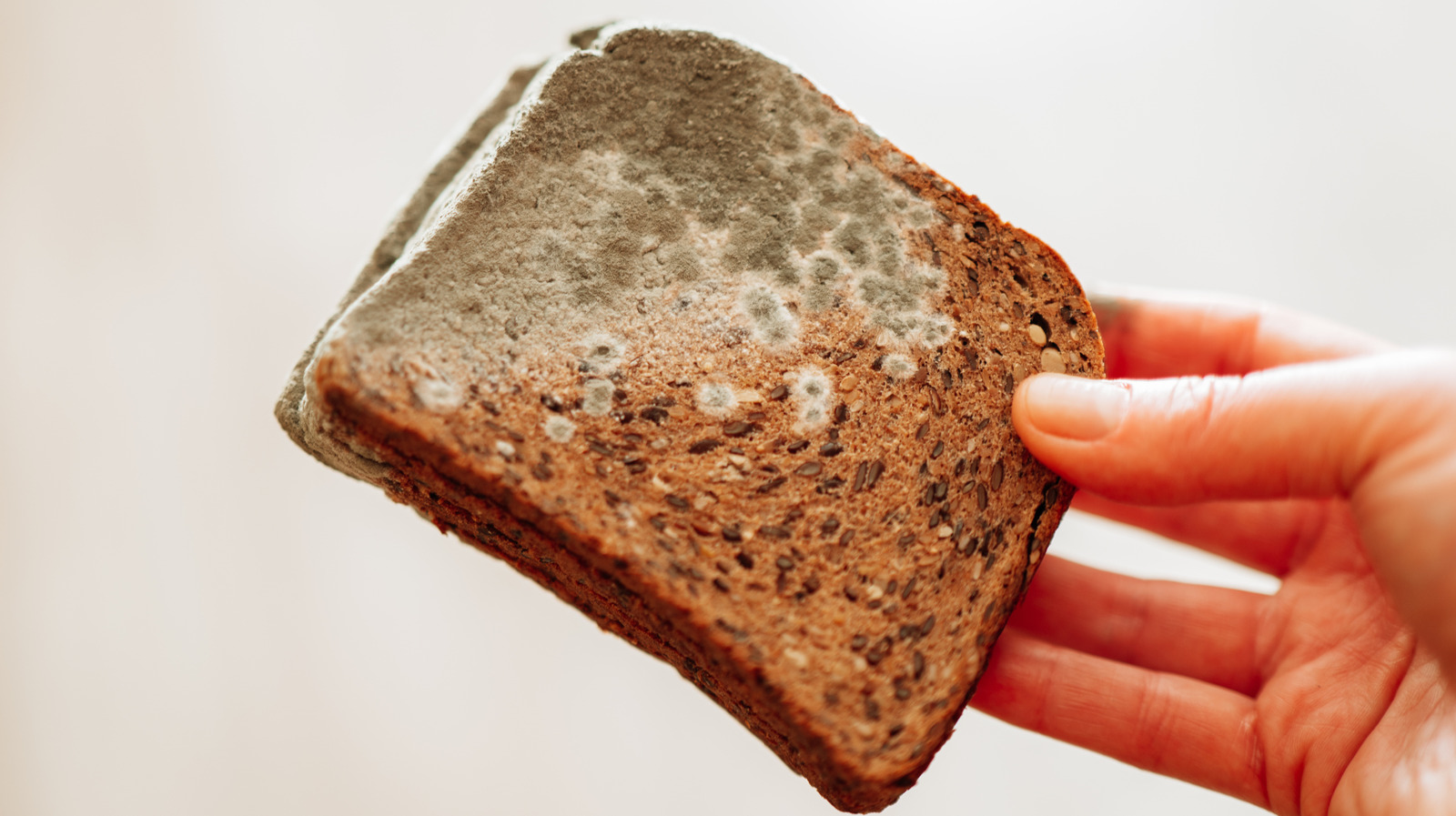
"If you see mold on the crust, the problem isn't confined to that blue-green patch. Bread's soft, airy interior is an open network for mold's root-like filaments, called hyphae, which are microscopic fungi, and they can extend far beyond any visible bloom."
"The USDA advises avoiding bread, or any soft foods, with visible mold for this reason. Unlike a firm apple or block of cheddar, where you can cut a generous margin around the spot, bread doesn't offer a safe buffer zone."
"Not all bread molds are dangerous, but some can produce mycotoxins, which may cause illness in humans and pets. Others trigger allergic responses even in small amounts."
"Mold is a living organism with a singular job: decomposition, or breaking down organic matter so it can be recycled. For mold, bread is an almost perfect habitat."
Mold on bread doesn't just exist on the surface; it can deeply penetrate the soft interior through hyphae, a type of fungus. The USDA recommends discarding any bread with visible mold, unlike hard foods where trimming away can be effective. Some molds produce mycotoxins that are harmful to humans and pets, while others can trigger allergies. Mold thrives on bread due to its moist environment and abundant starches and sugars, making it an ideal habitat for growth.
Read at Tasting Table
Unable to calculate read time
Collection
[
|
...
]